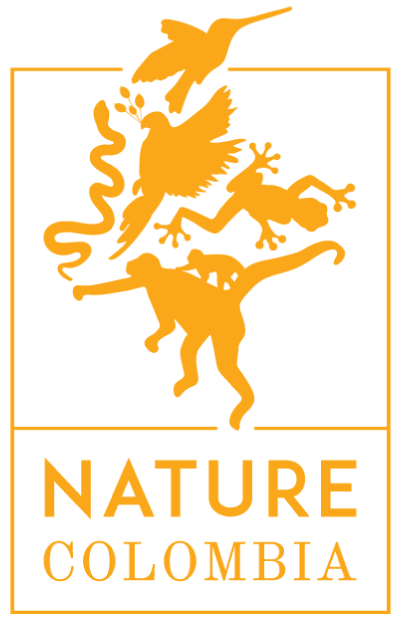SUMMARY: 0 day(s)
The cart is empty!
Click on "Customize" and start planning your perfect trip!
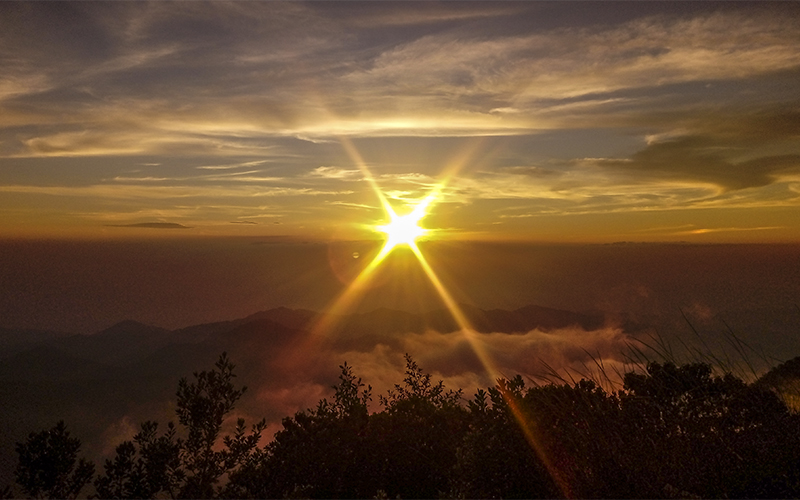
Northern Colombia Birding Trail
(12) days(s)
Join us on an extraordinary birding adventure through some of Colombia's most ecologically significant regions! Explore the Sierra Nevada de Santa Marta UNESCO Biosphere Reserve, a sanctuary for endemic bird species, including critically endangered species like the Santa Marta Parakeet. Journey through the unique dry forest of La Guajira, home to rare birds like the Tocuyo Sparrow. Don't miss out on seeing the Serrania de Perija, significant area of endemism that has lain untouched for decades. Join us as we explore the enormous diversity of birdlife that these extraordinary locations have to offer!
Animals you might see on this tour
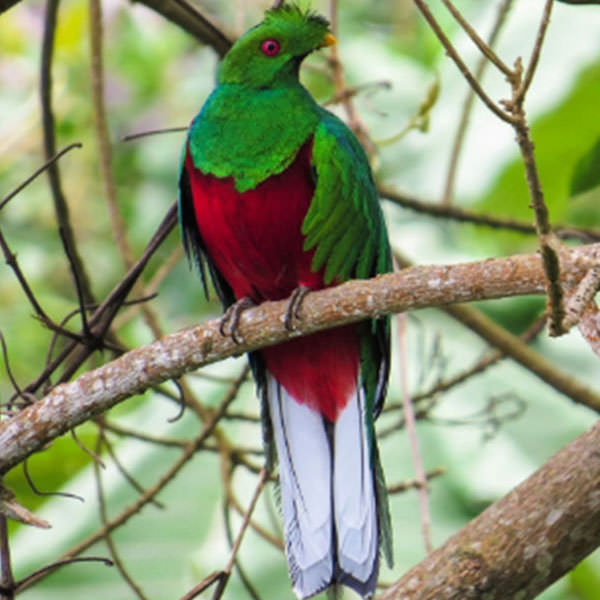
Crested Quetzal
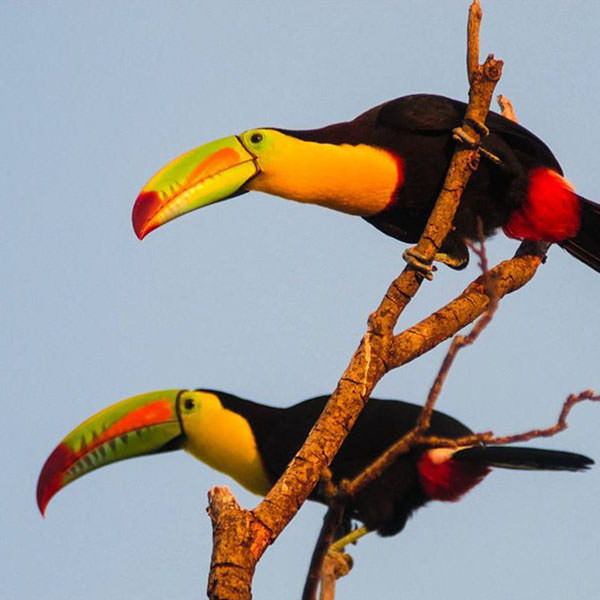
Keel-billed Toucan
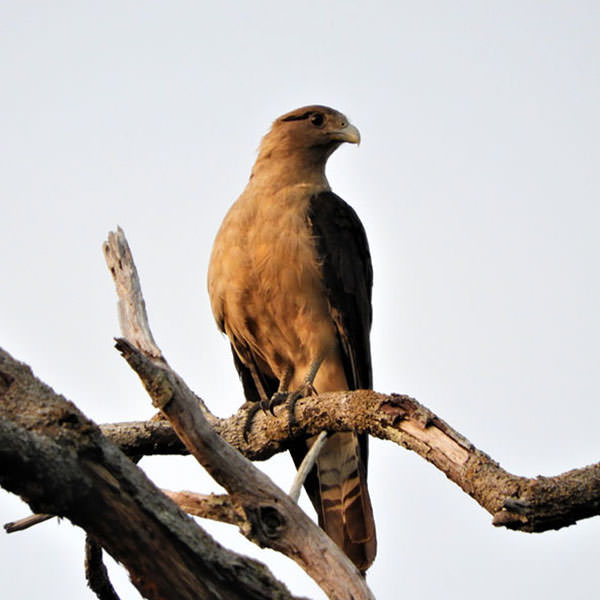
Yellow-headed Caracara

Scarlet Ibis
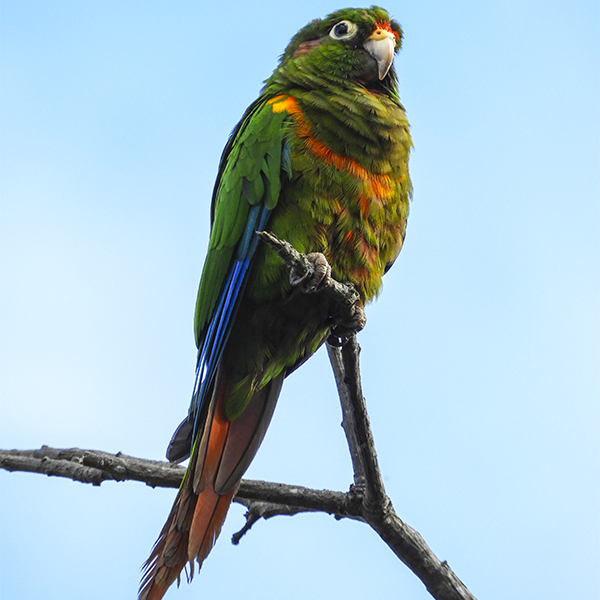
Santa Marta parakeet
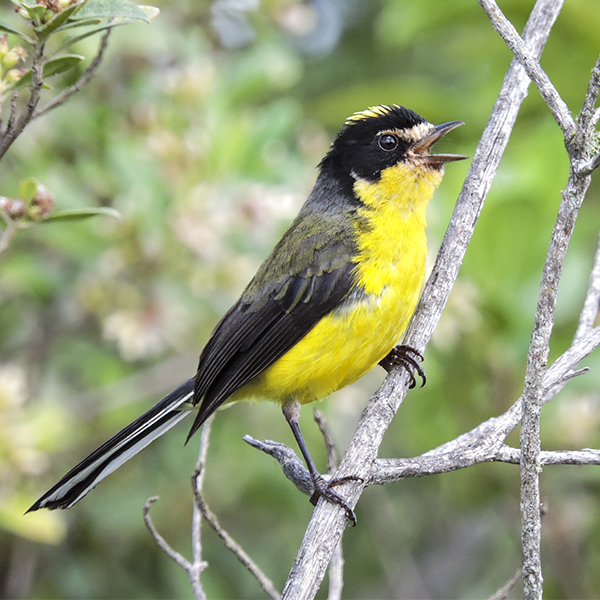
Yellow-crowned Redstart
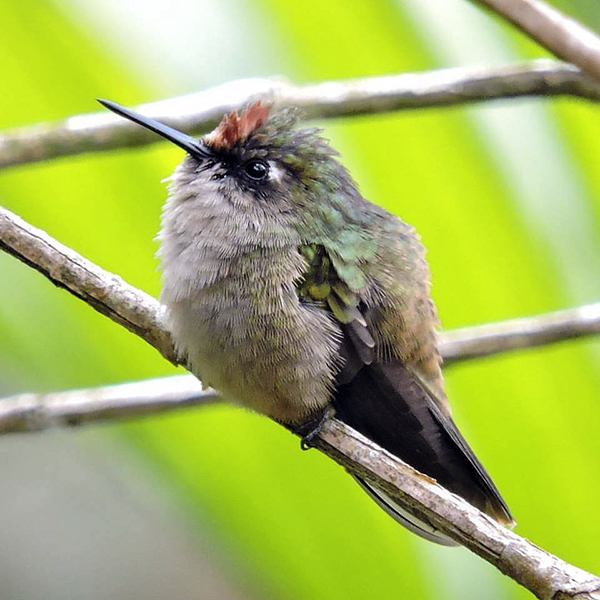
Santa Marta Blossomcrown
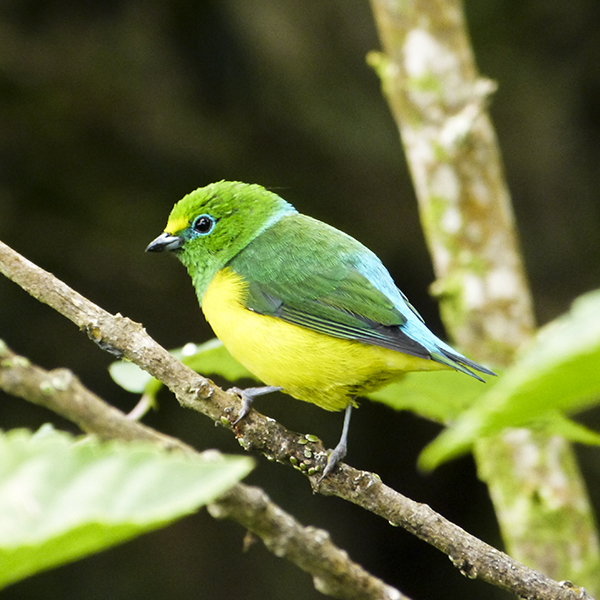
Blue-naped Chlorophonia
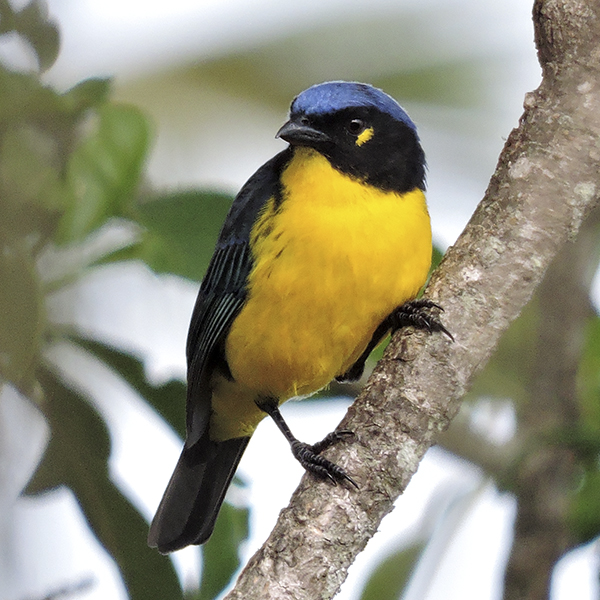
Santa Marta Mountain-Tanager
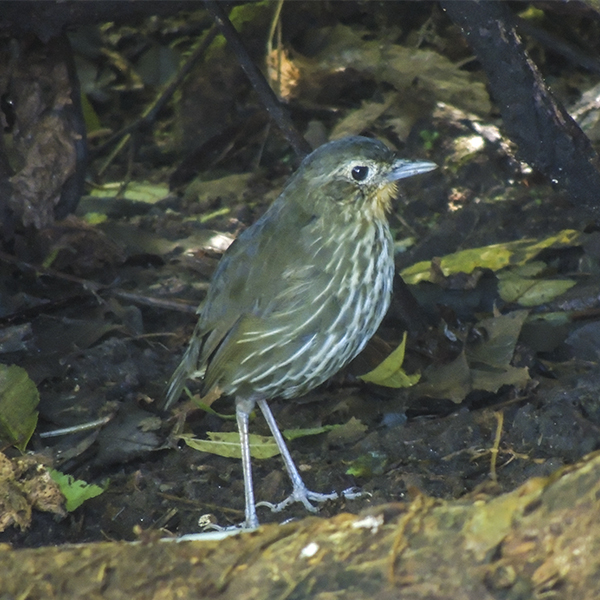
Santa Marta Antpitta
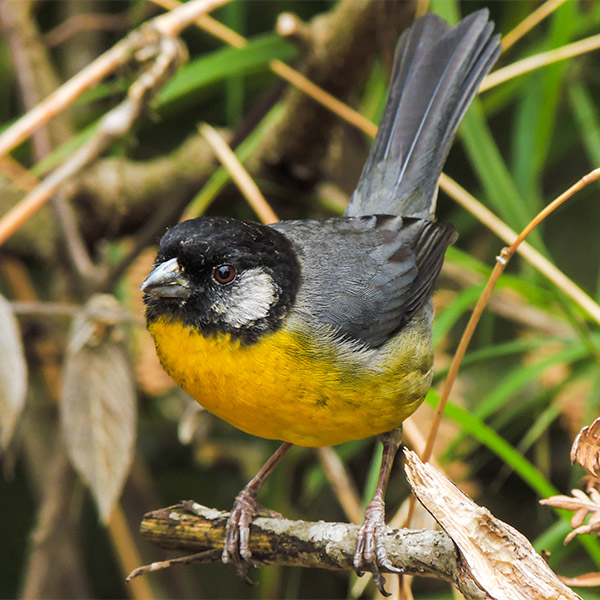
Santa Marta Brushfinch
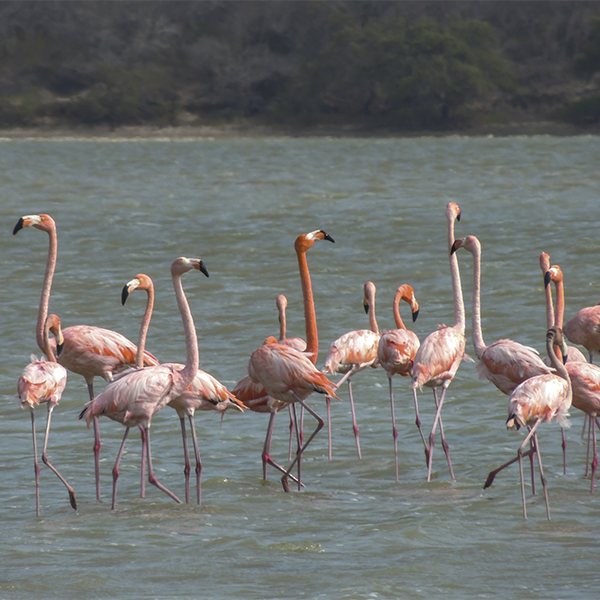
American Flamingo
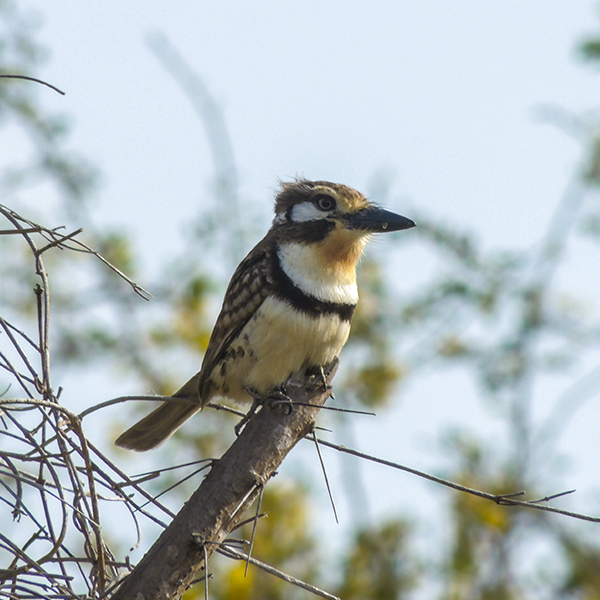
Russet-throated Puffbird
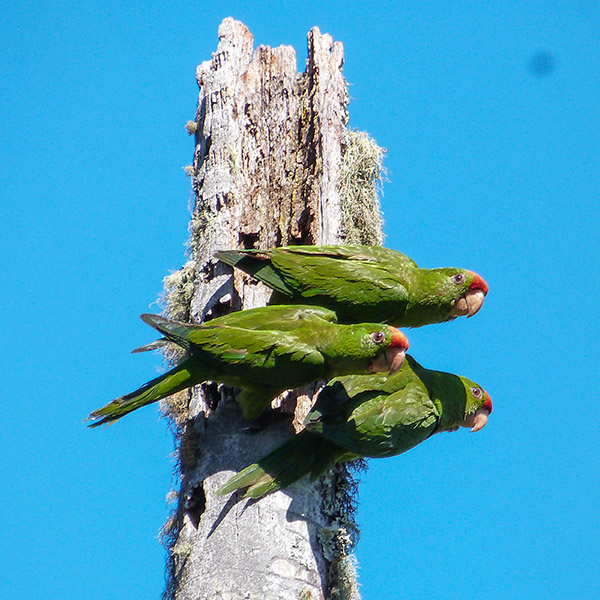
Scarlet-fronted Parakeet
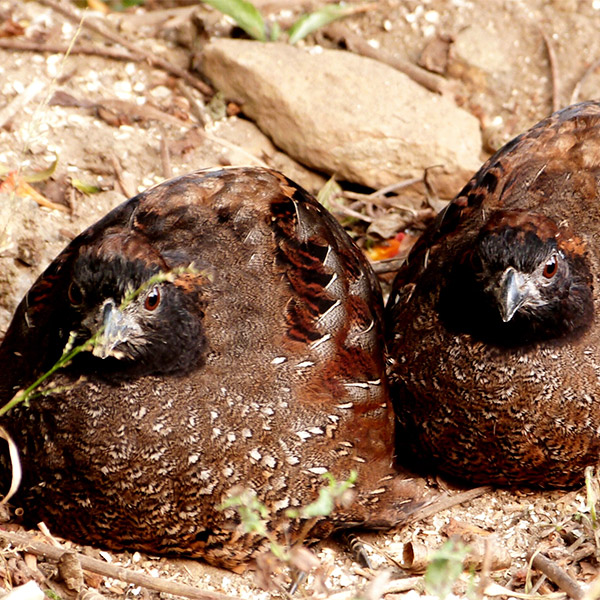
Black-fronted Wood-Quail

Southern Emerald-Toucanet
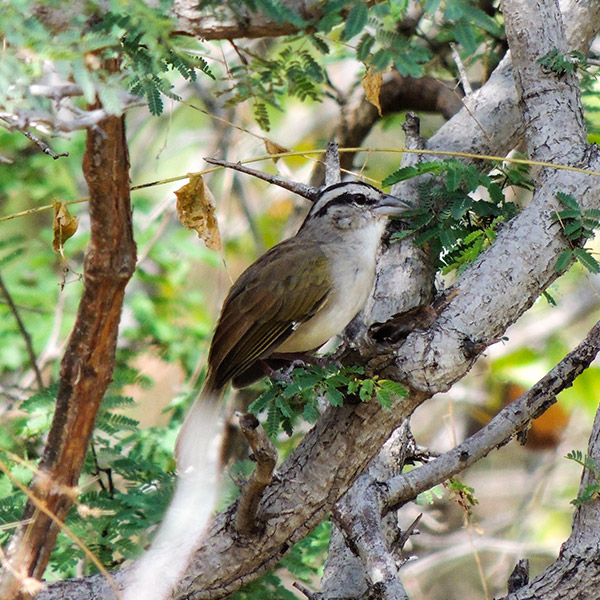
Tocuyo Sparrow
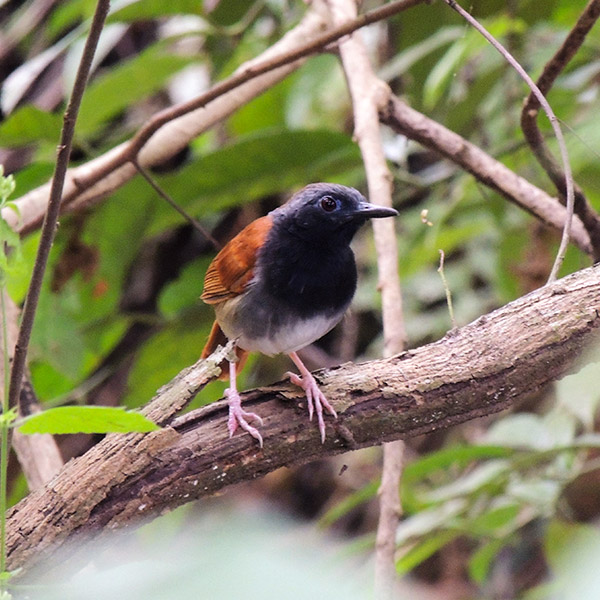
White-bellied Antbird
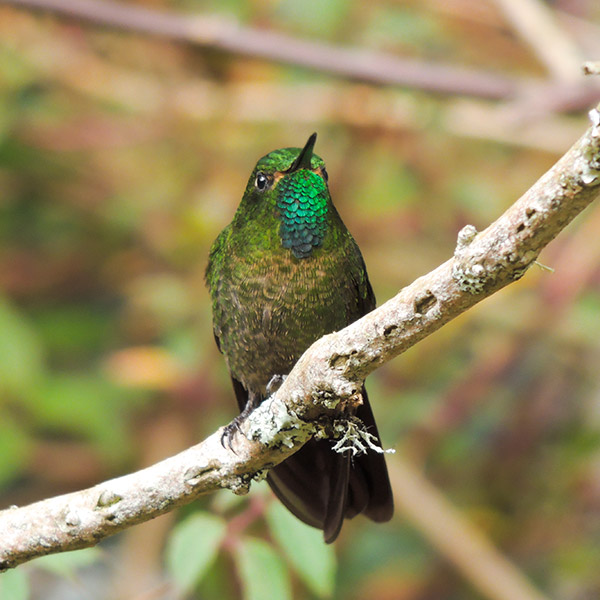
Tyrian metaltail
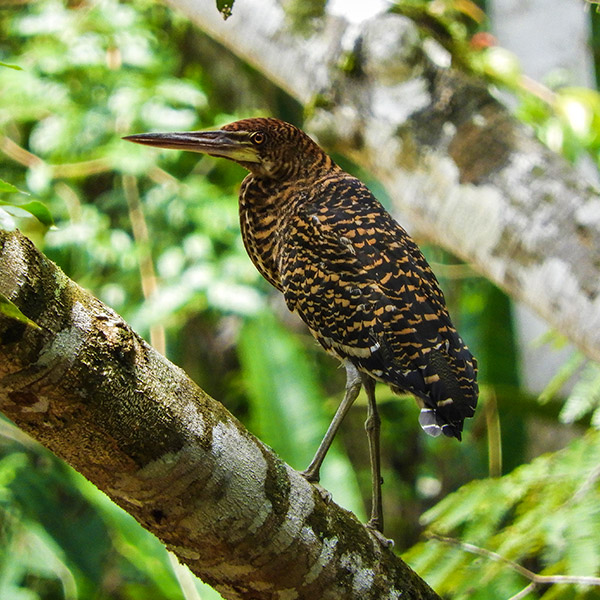
Rufescent Tiger-Heron
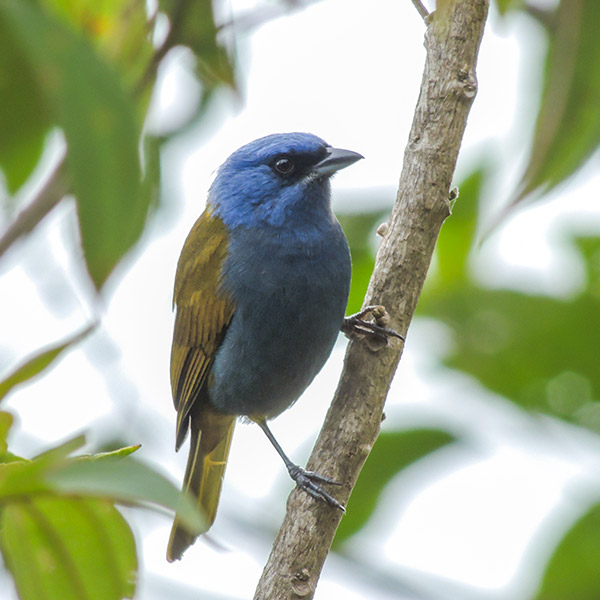
Blue-capped Tanager
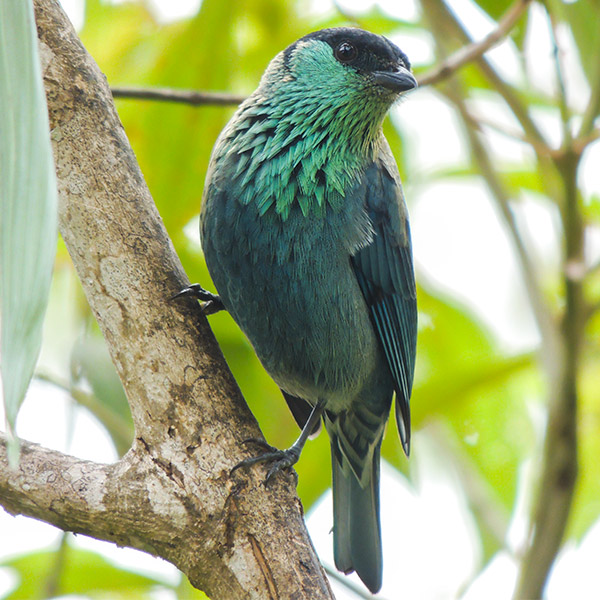
Black-capped Tanager
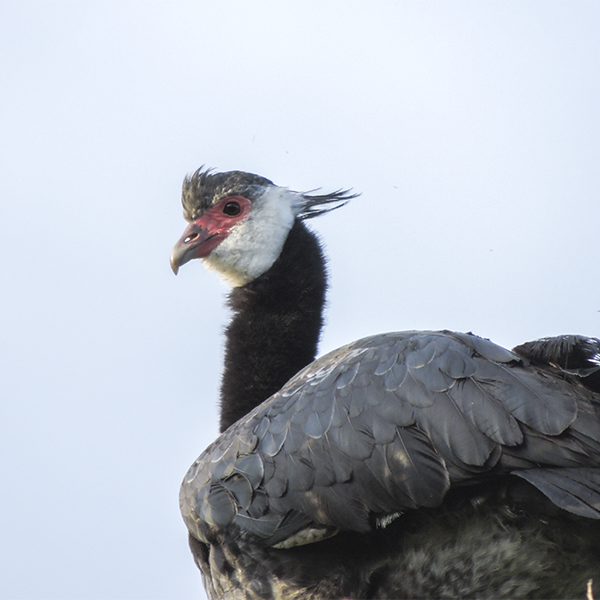
Northern Screamer
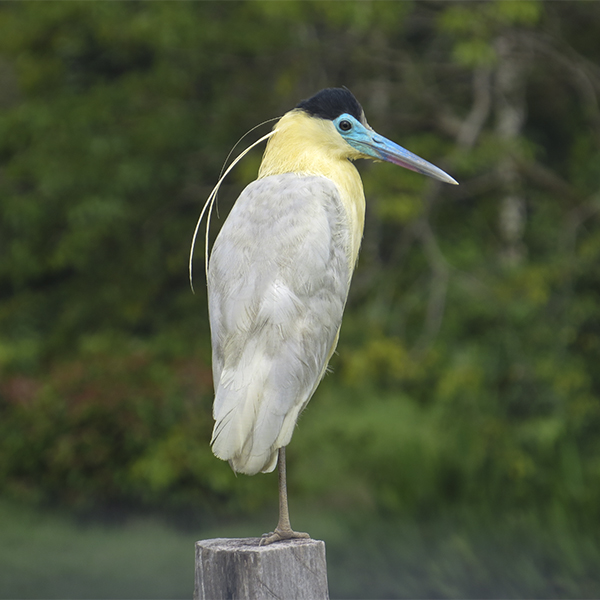
Capped Heron
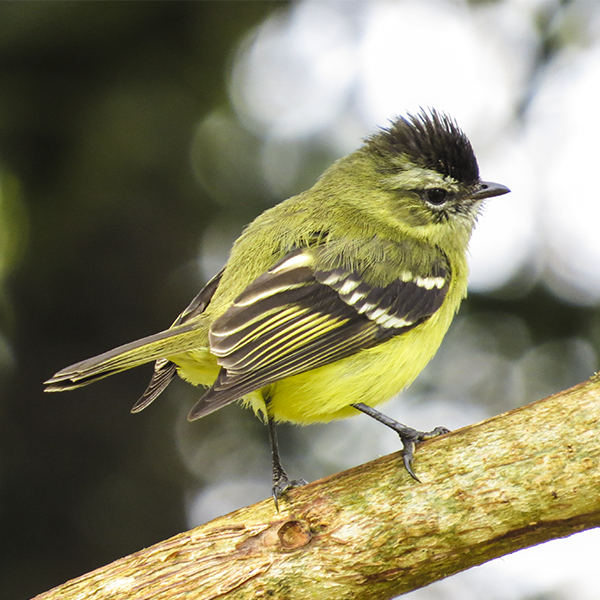
Black-capped Tyrannulet
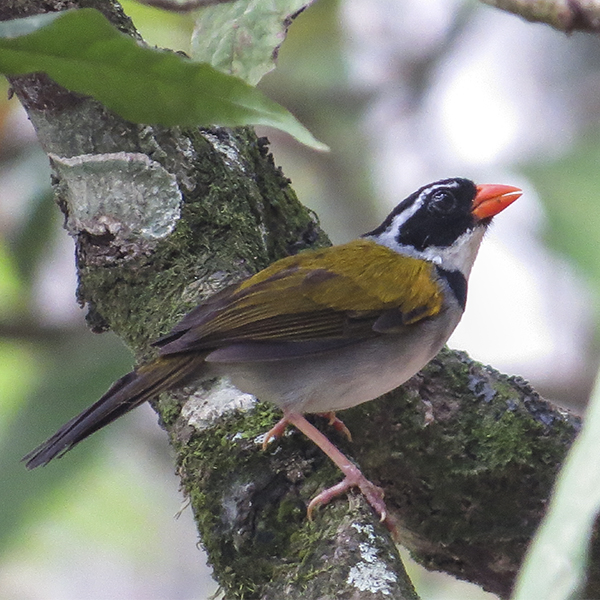
Golden-winged Sparrow
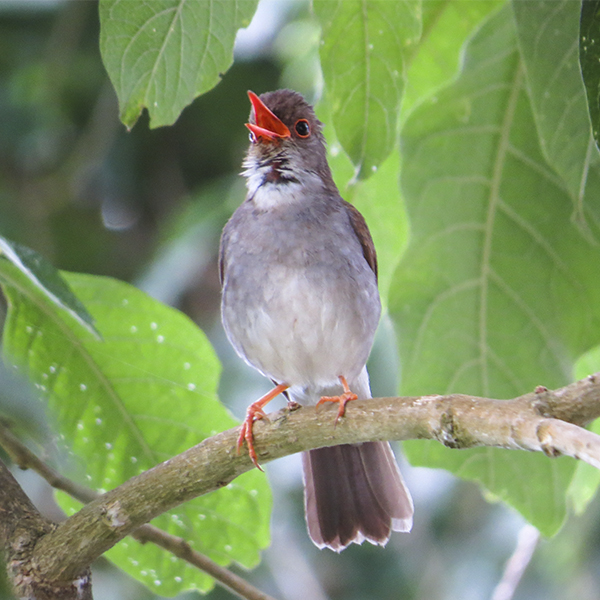
Orange-billed Nightingale-thrush
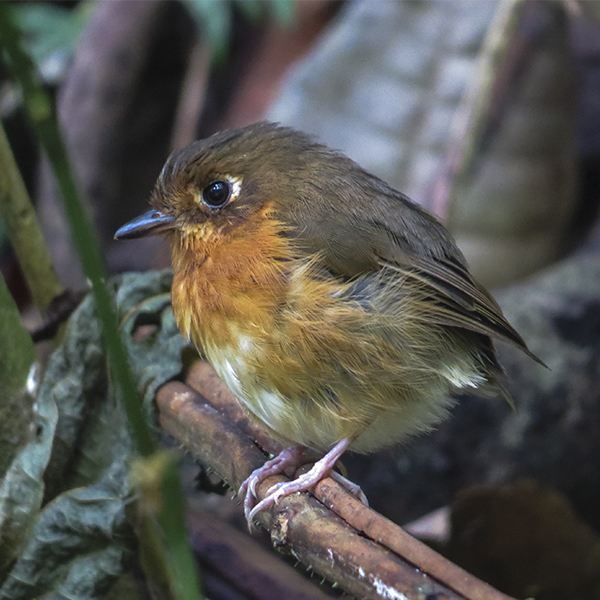
Rusty-breasted Antpitta
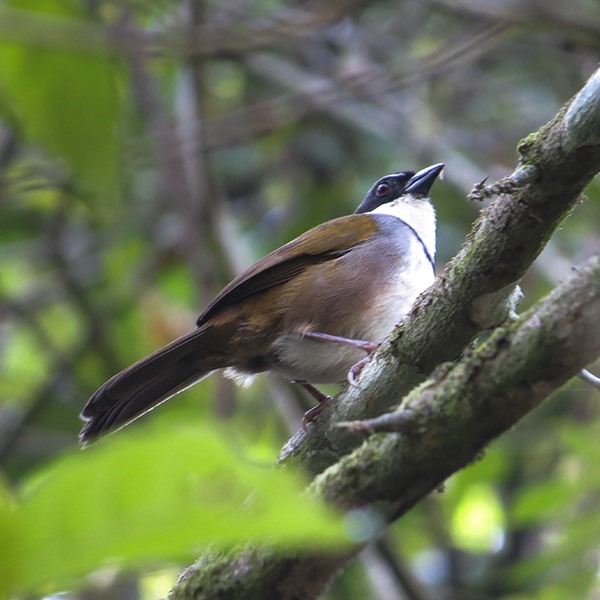
Perija Brushfinch

Santa Marta Screech-owl
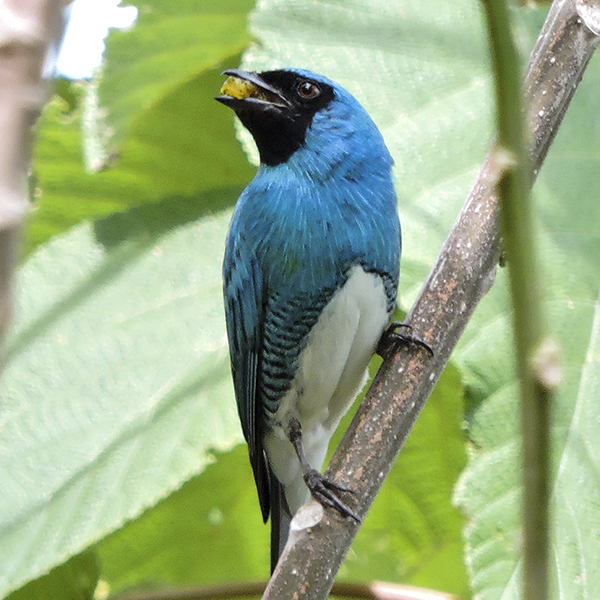
Swallow Tanager
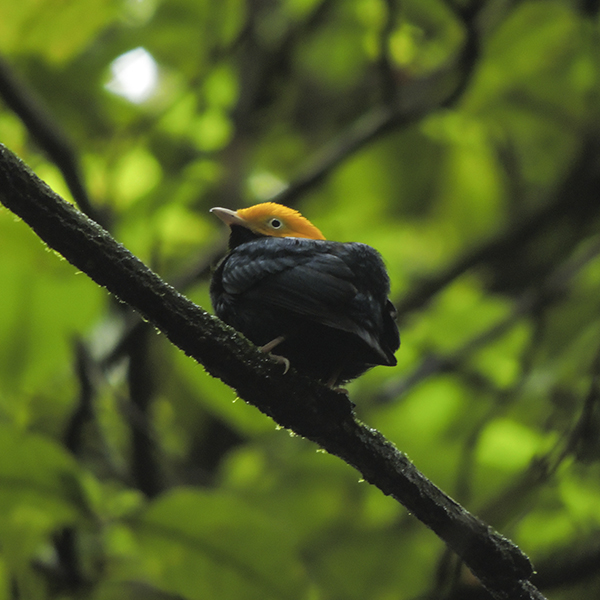
Golden-headed Manakin
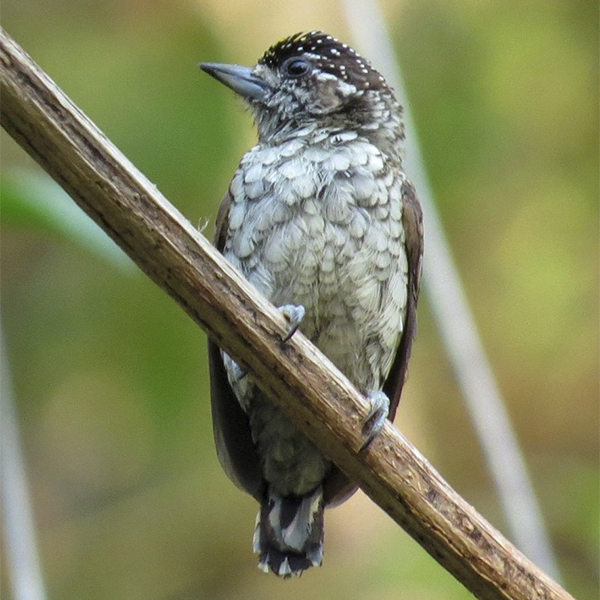
Scaled Piculet
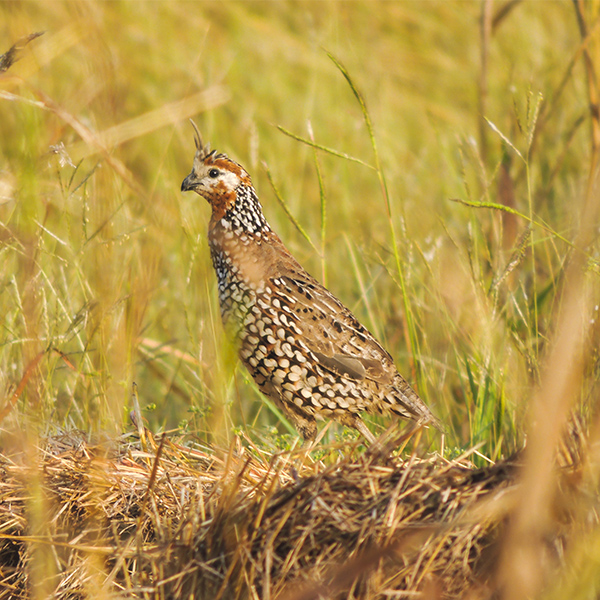
Crested Bobwhite
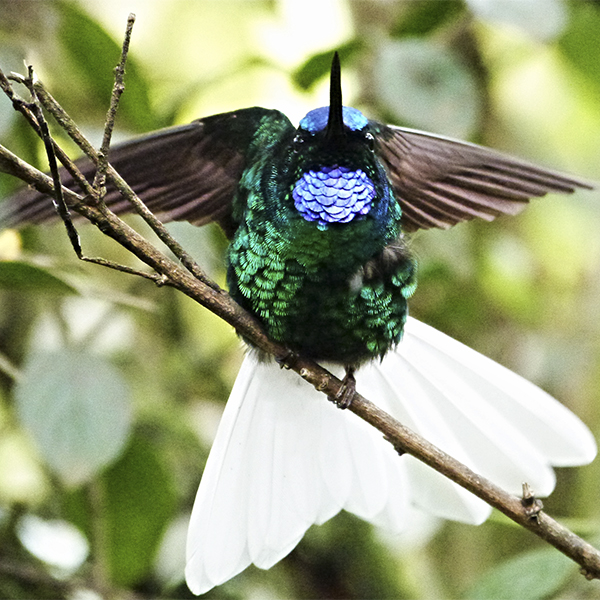
White-tailed Starfrontlet
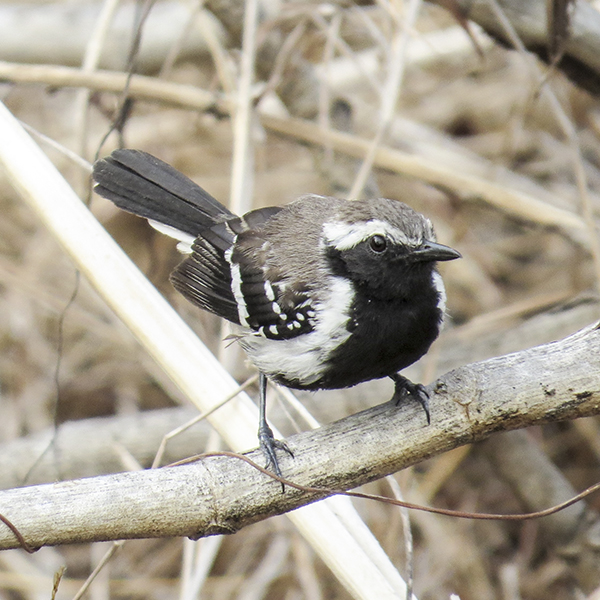
White-fringed Antwren
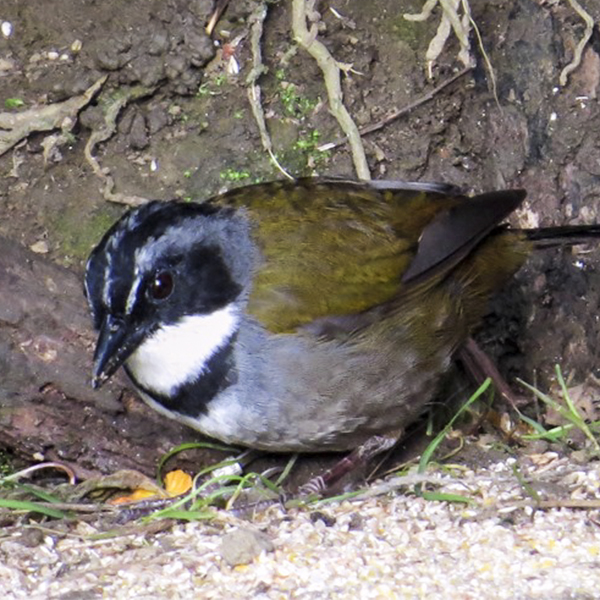
Sierra Nevada Brushfinch

Black-necked Stilt
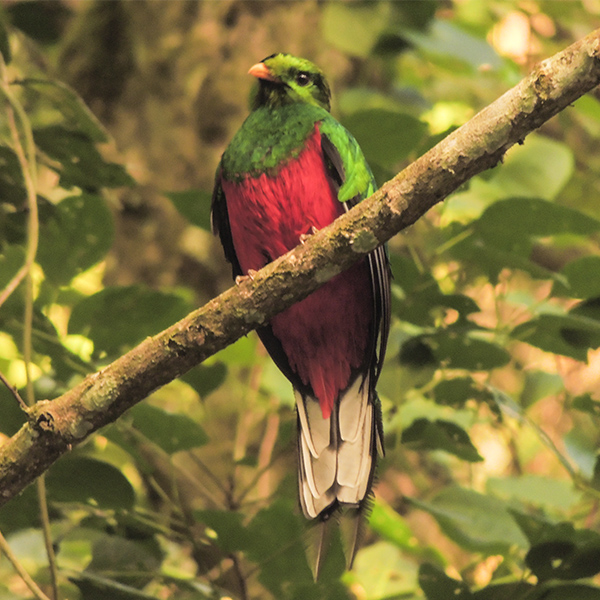
White-tipped Quetzal
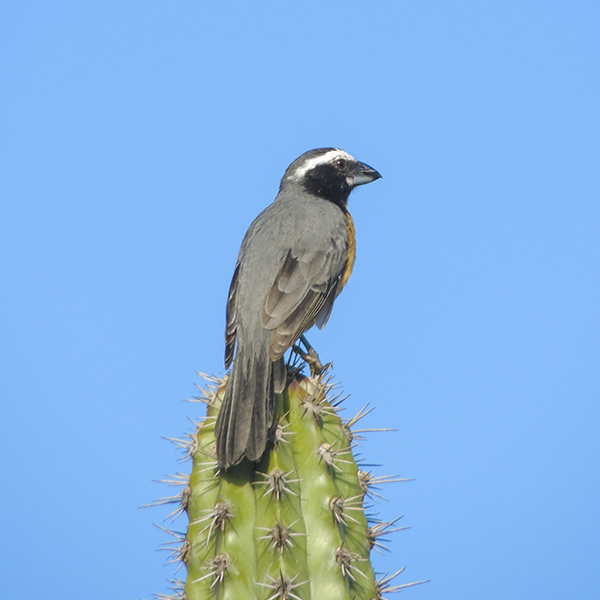
Orinocan Saltator
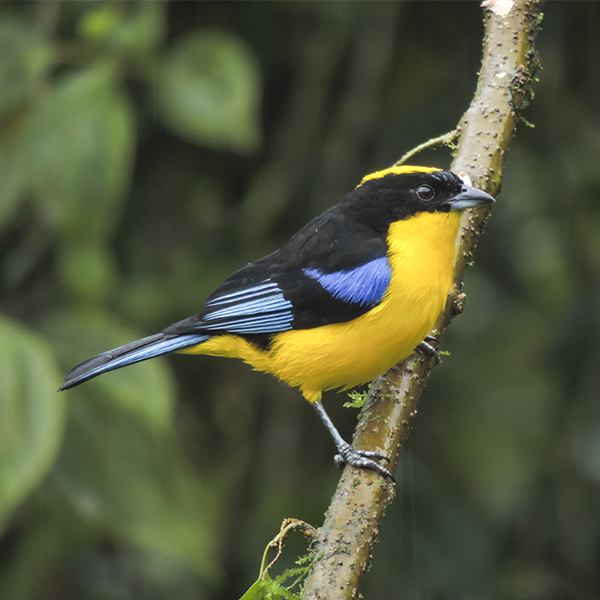
Blue-winged Mountain-Tanager
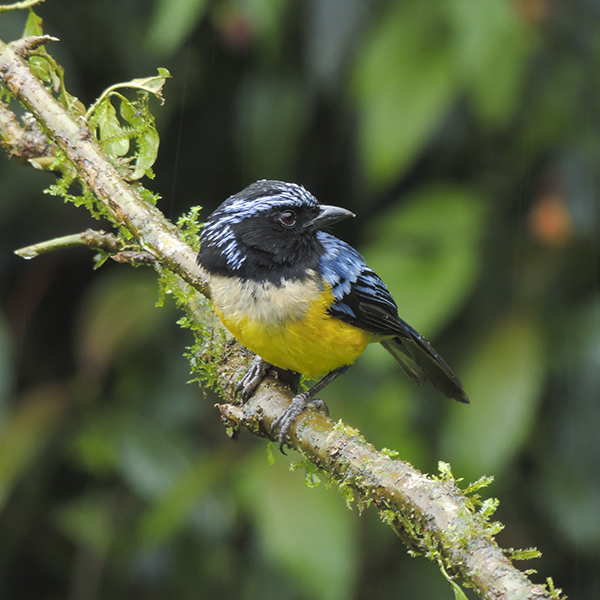
Buff-breasted Mountain-Tanager
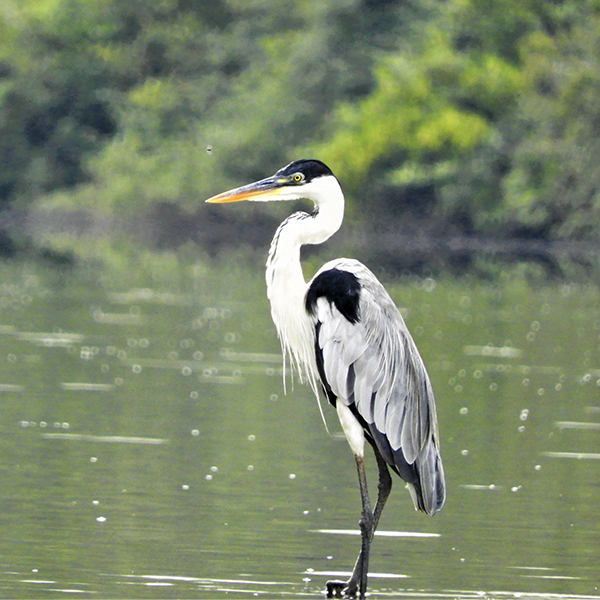
Cocoi Heron
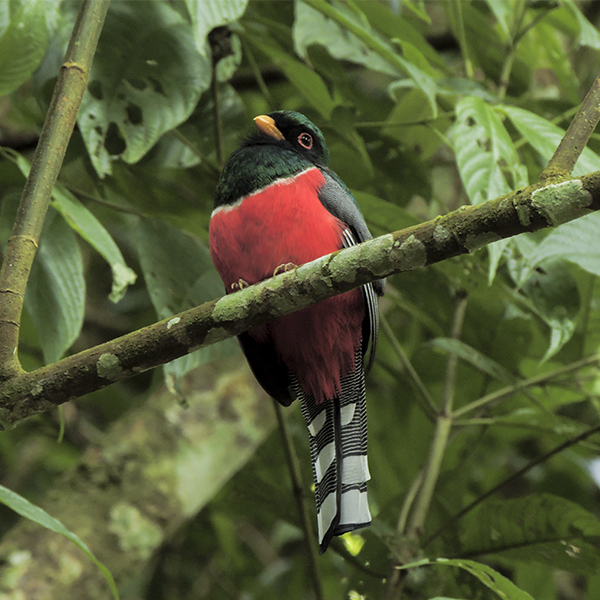
Masked Trogon

Bare-eyed Pigeon
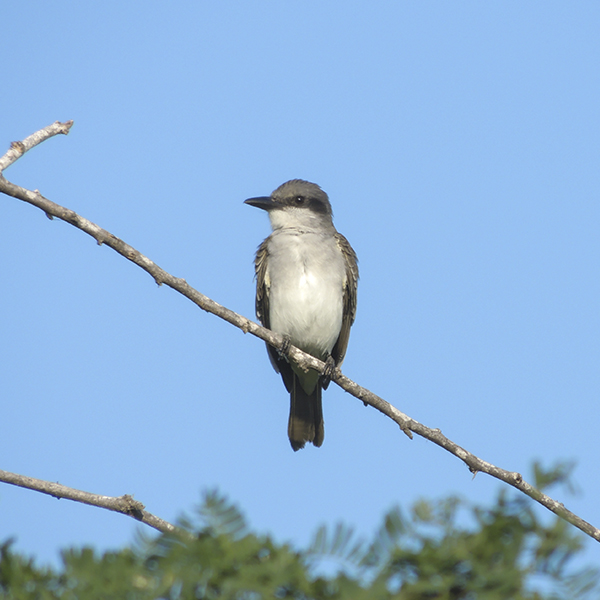
Gray Kingbird
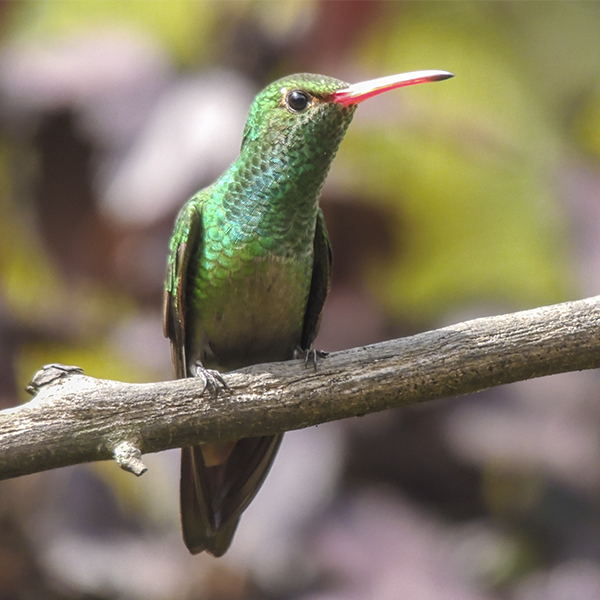
Rufous-tailed Hummingbird
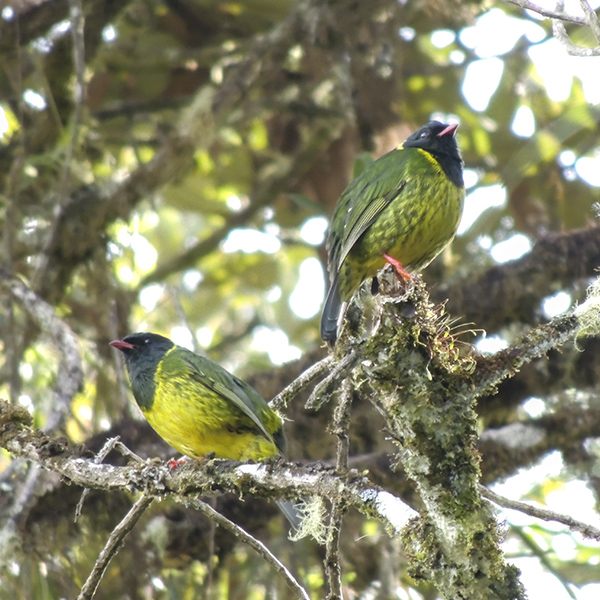
Green-and-black Fruiteater
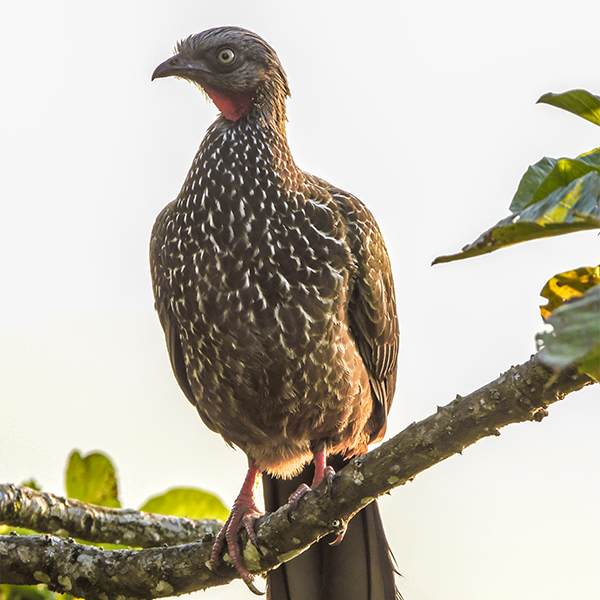
Band-tailed Guan
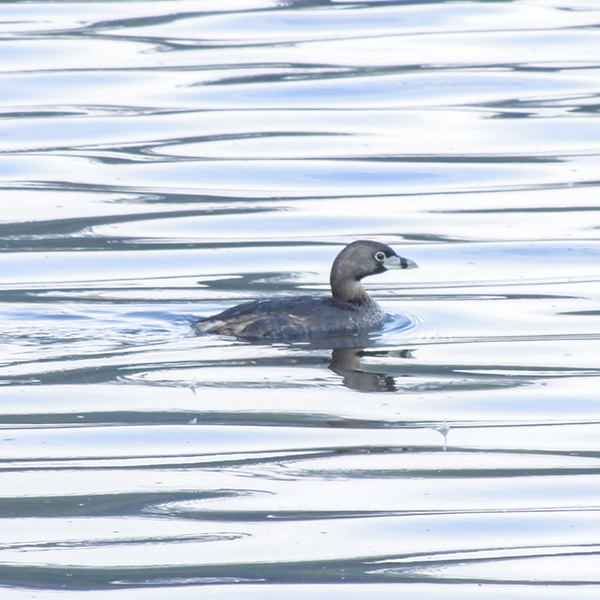
Pied-billed Grebe
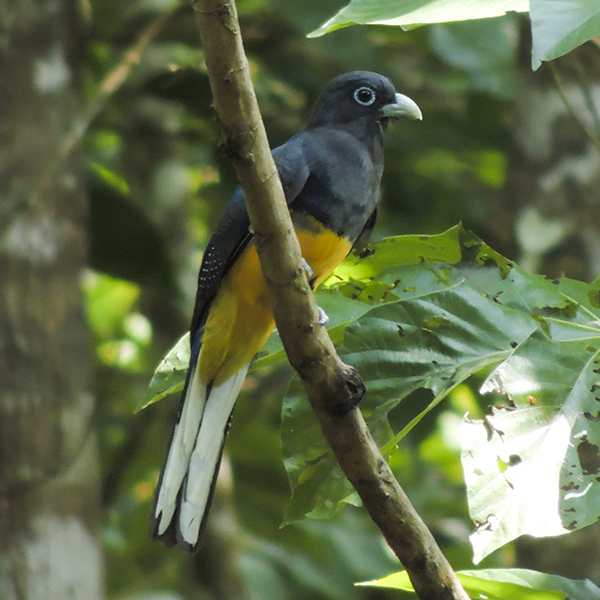
White-tailed Trogon

Pearl Kite

Reddish Egret

Lined Quail-Dove

Flammulated Treehunter
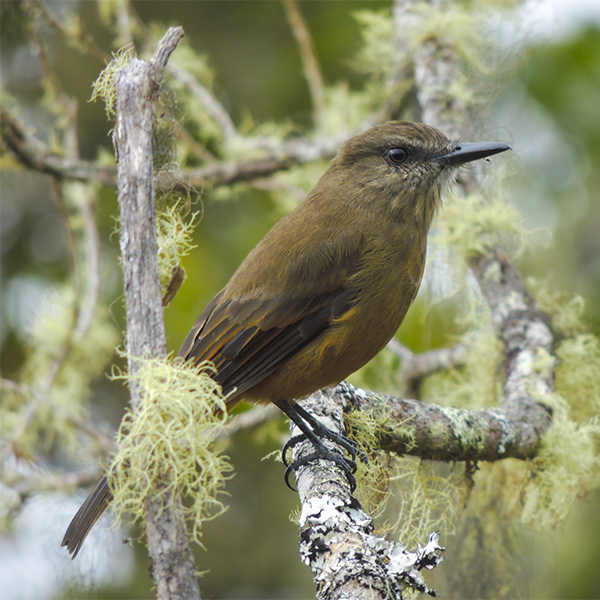
Santa Marta Bush-tyrant
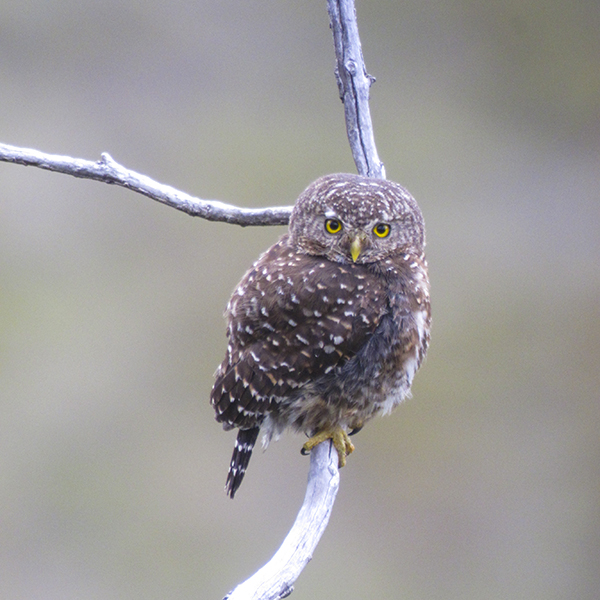
Andean Pygmy-Owl
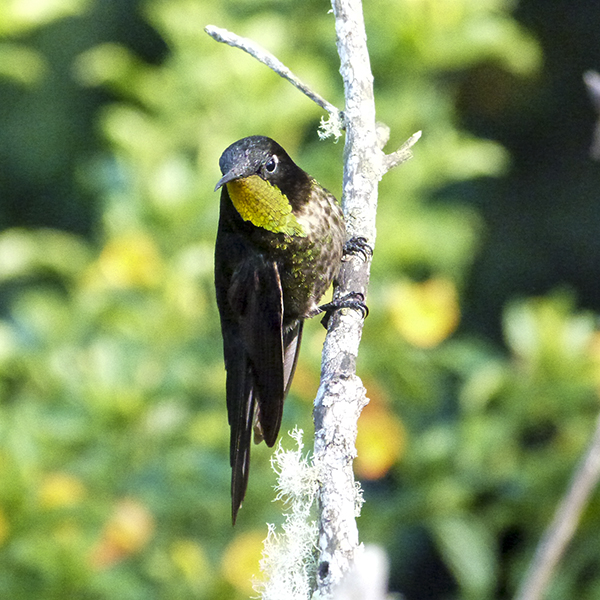
Black-backed Thornbill
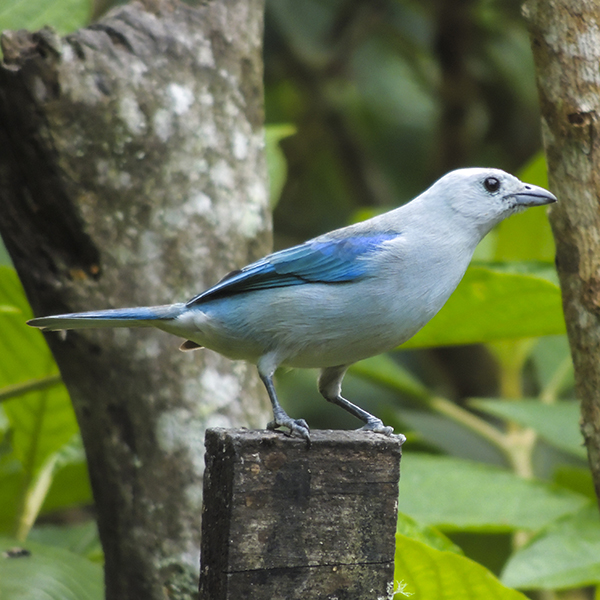
Blue-grey Tanager
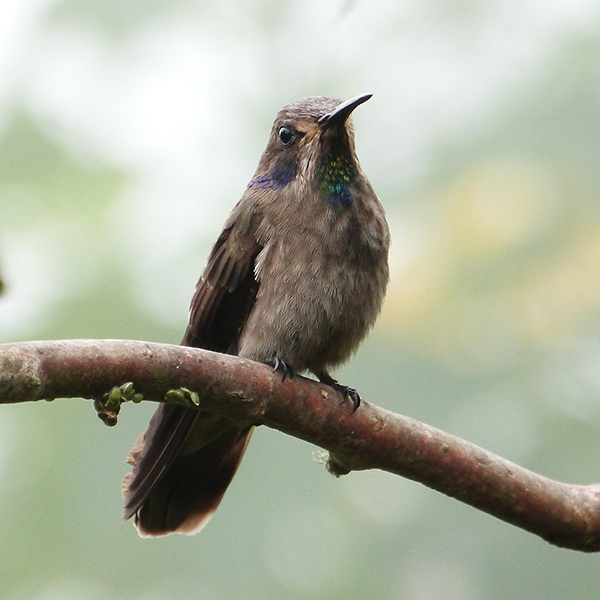
Brown Violetear

Chestnut-naped Antpitta
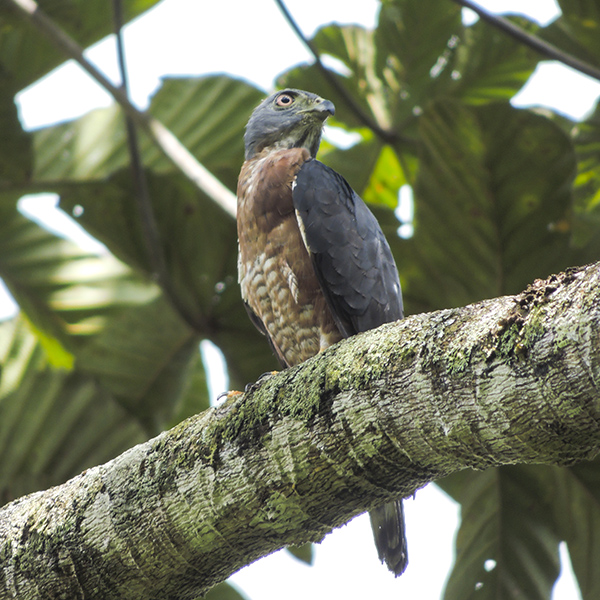
Double-toothed Kite

Glaucous Tanager
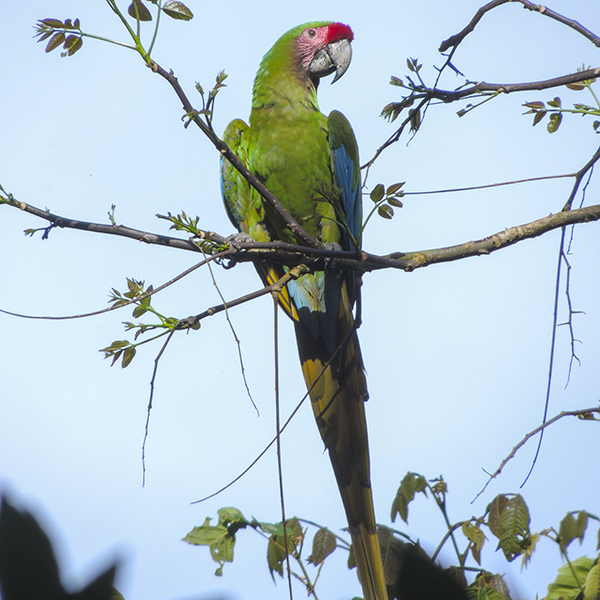
Military Macaw

Yellow-throated Toucan

White-lined Tanager
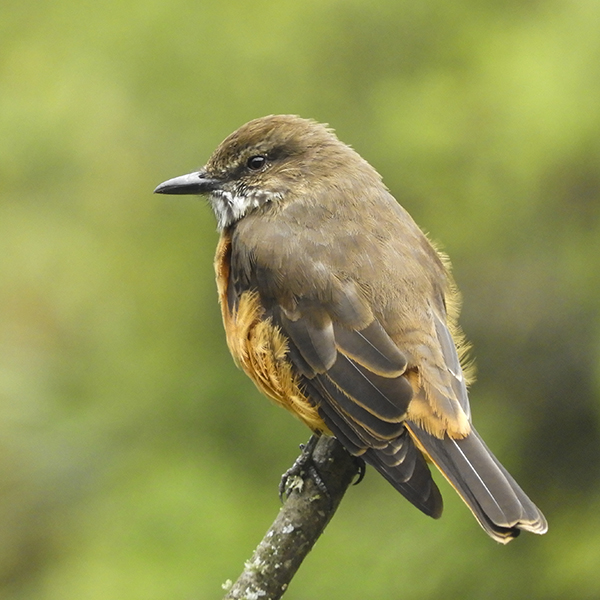
Streak-throated bush tyrant
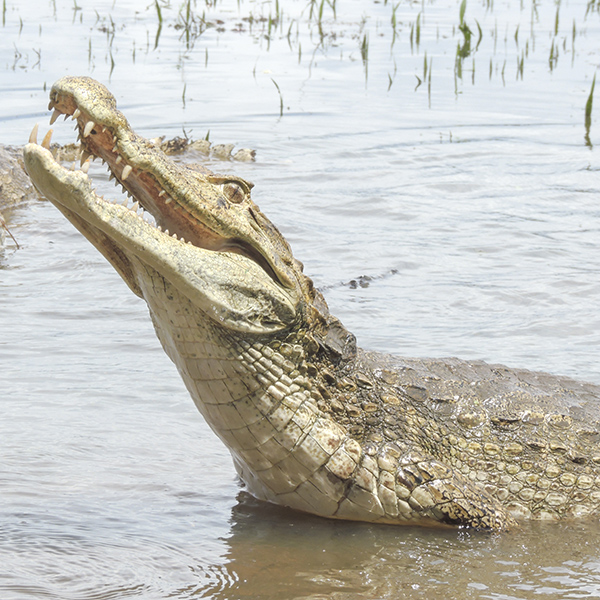
Spectacled caiman
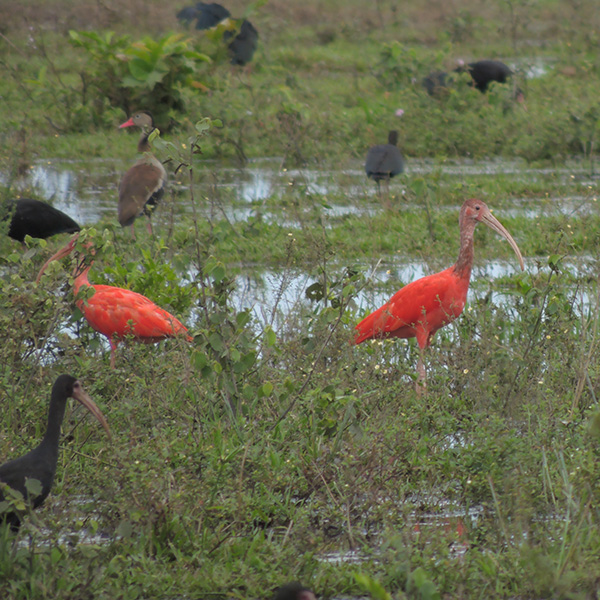
Scarlet Ibis
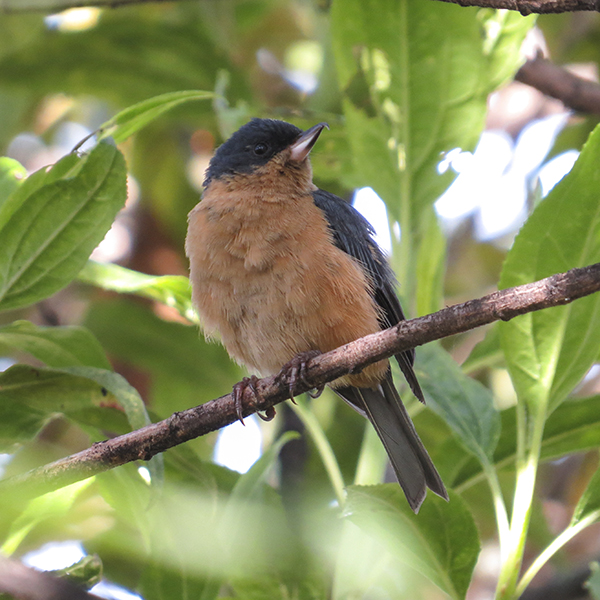
Rusty Flowerpiercer

Paramo Seedeater

Pale-eyed Pygmy-tyrant
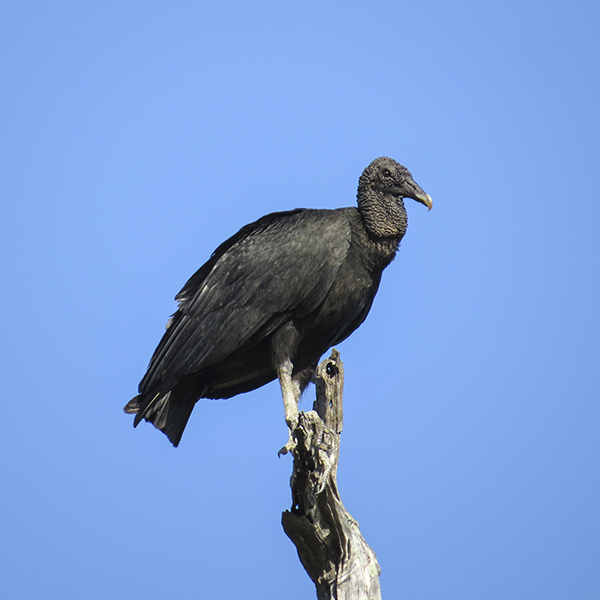
Black Vulture
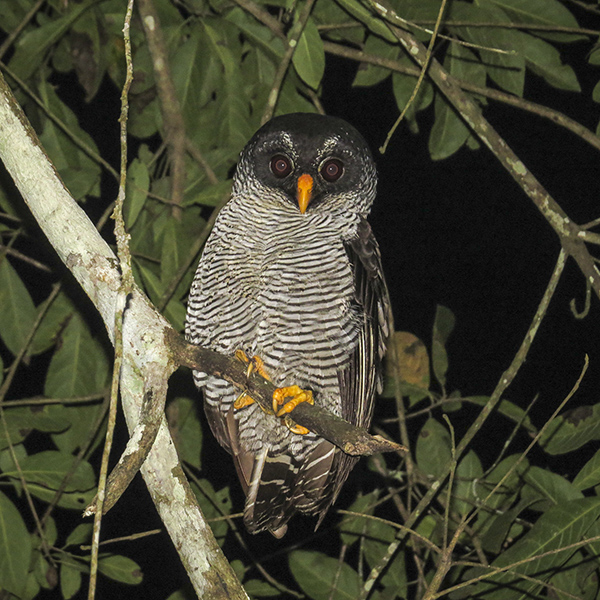
Black-and-white Owl

Caribbean Hornero
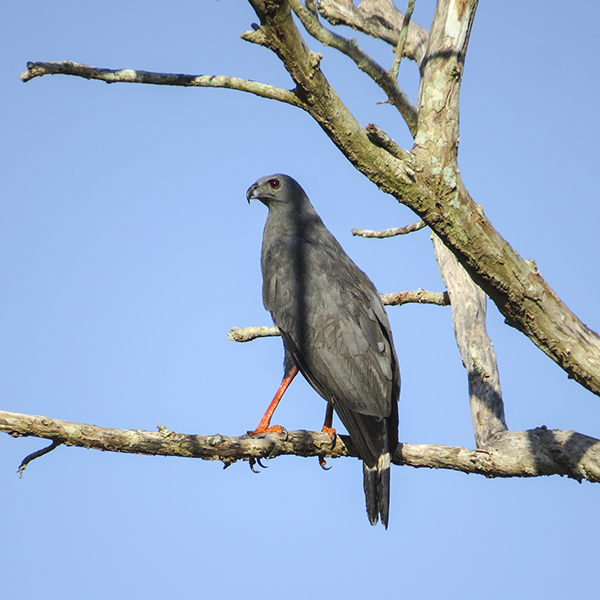
Crane Hawk pp
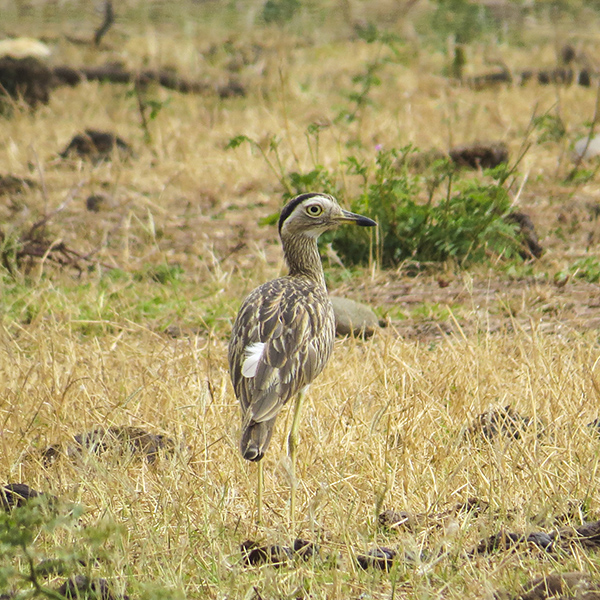
Double-striped thick-knee

Dwarf cuckoo
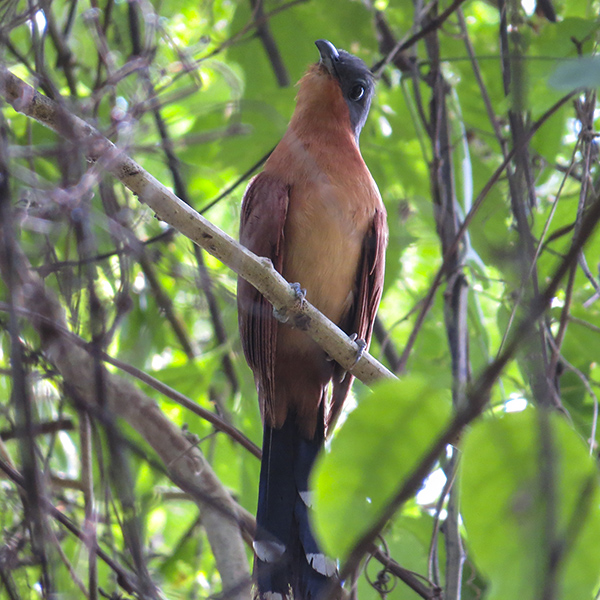
Grey-capped cuckoo
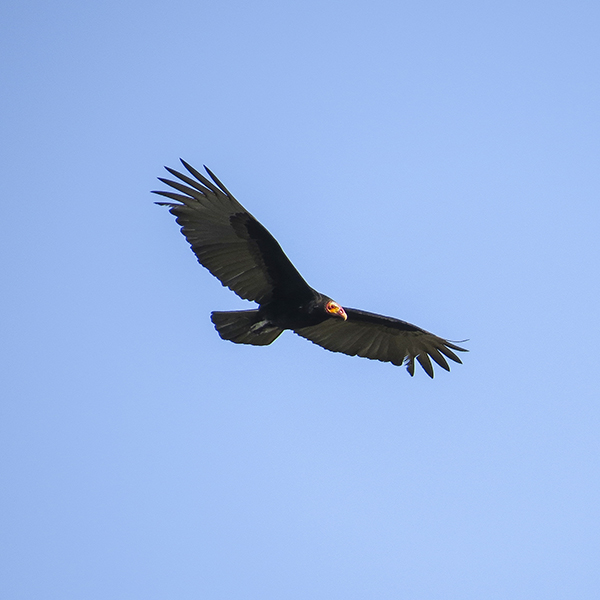
Lesser Yellow-headed Vulture
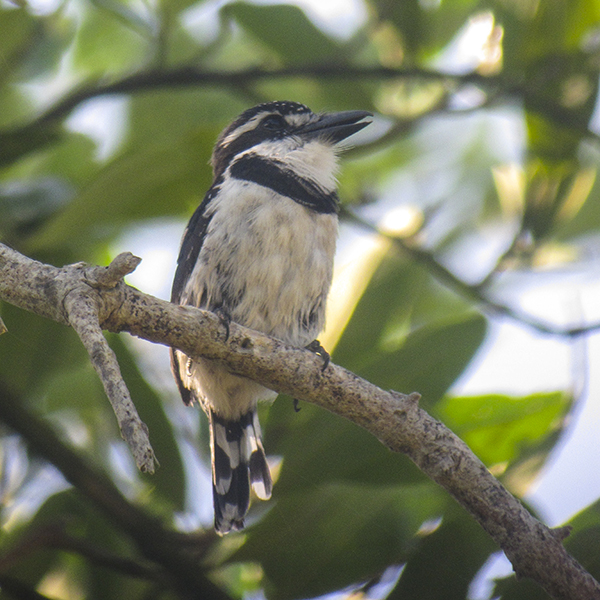
Pied Puffbird
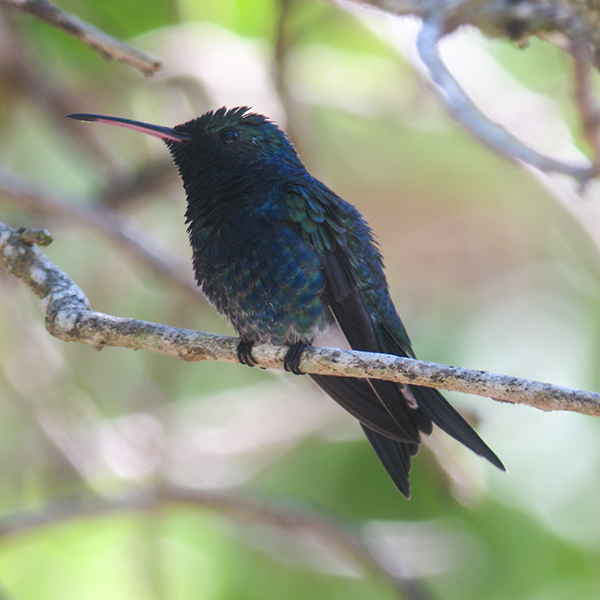
Sapphire-bellied Hummingbird
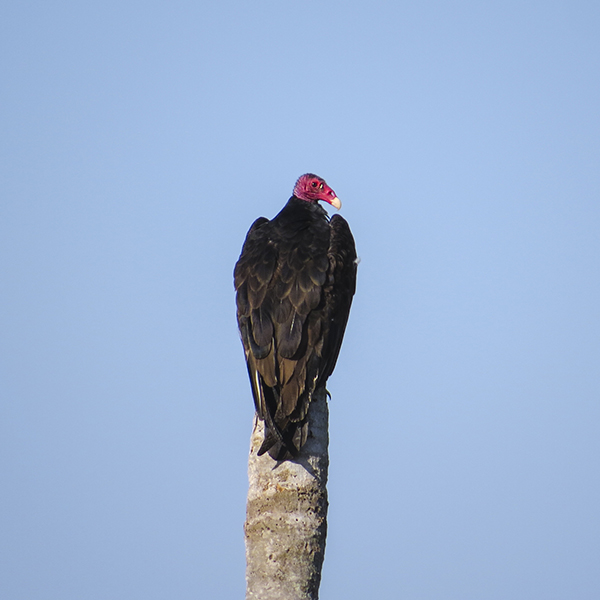
Turkey Vulture
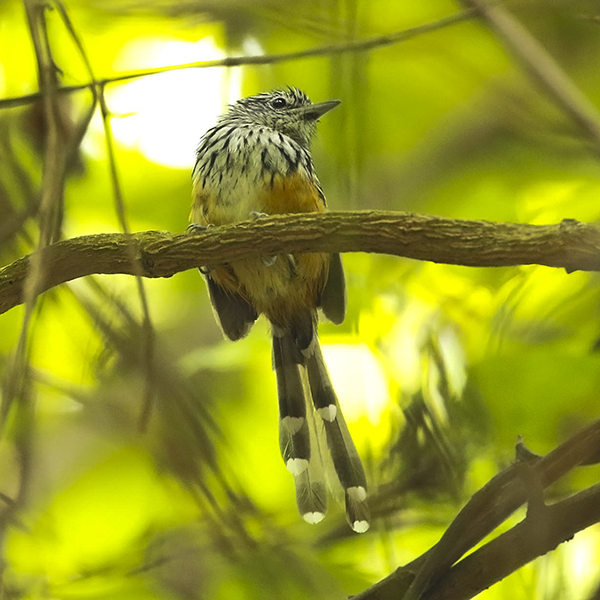
Santa Marta Antbird
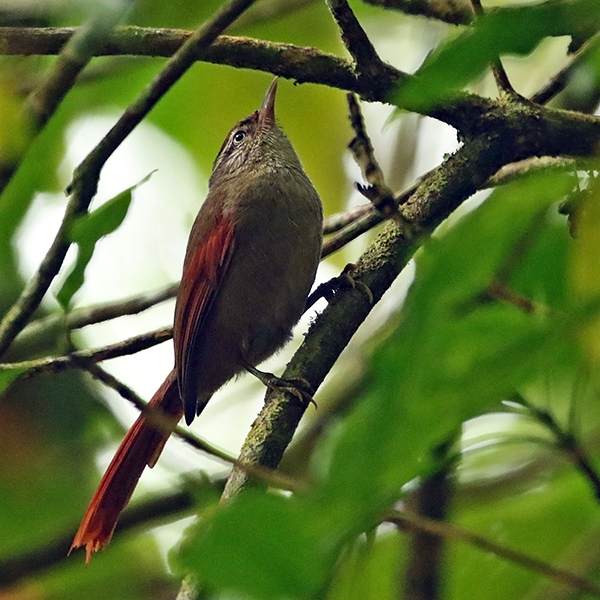
Streak-capped Spinetail

Vermilion Cardinal
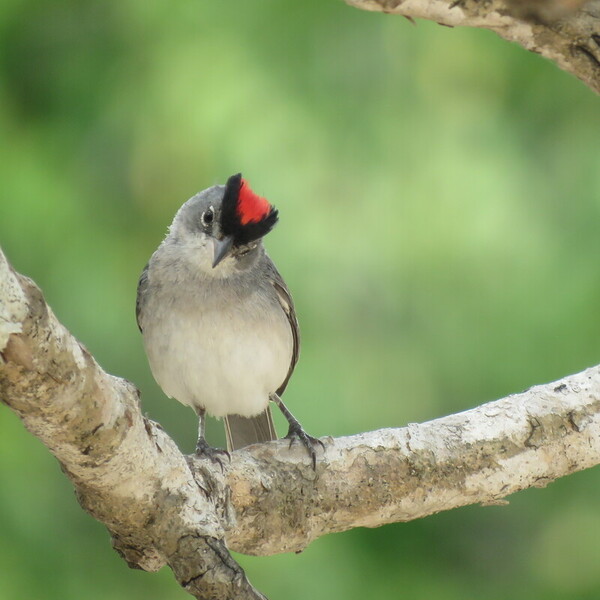
Pileated Finch
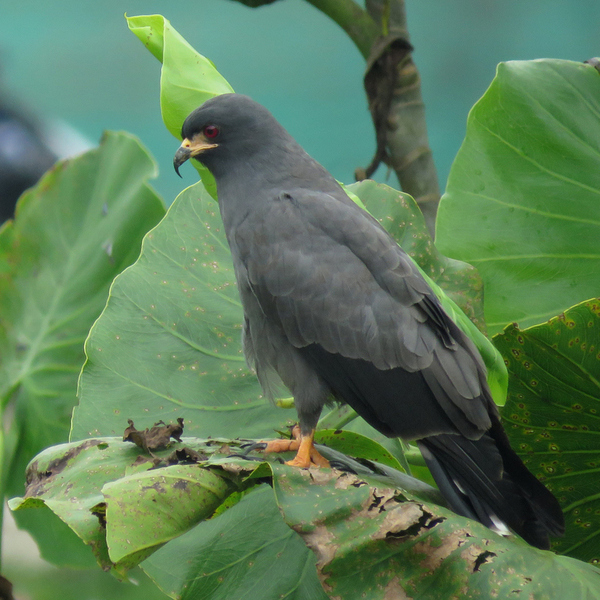
Snail Kite
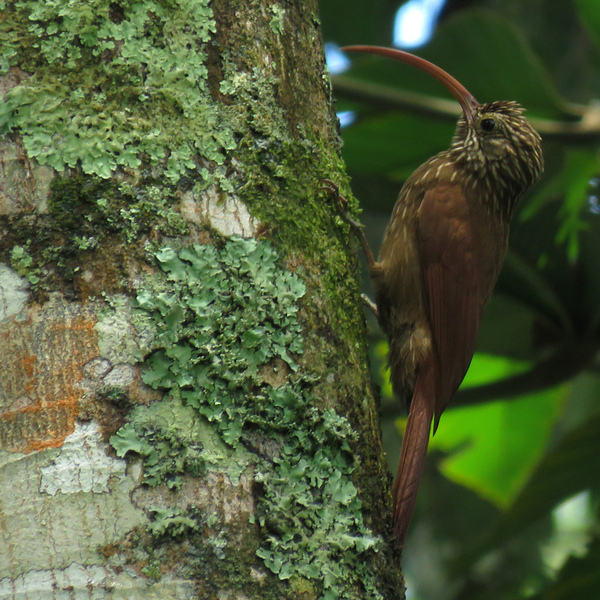
Red-billed Scythebill
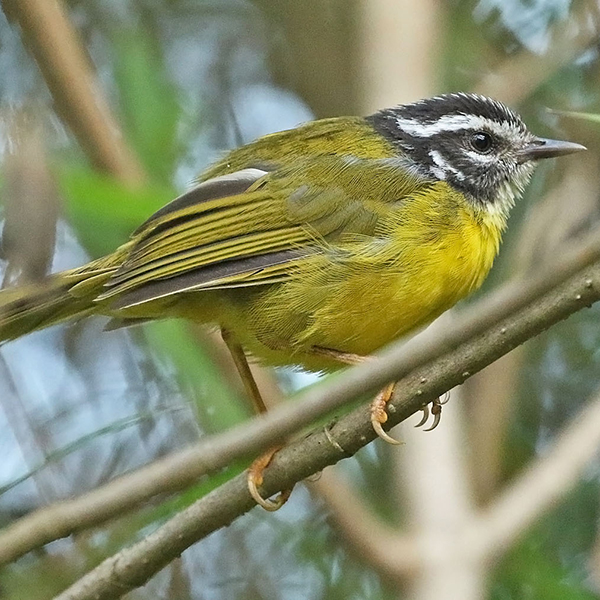
Santa Marta warbler
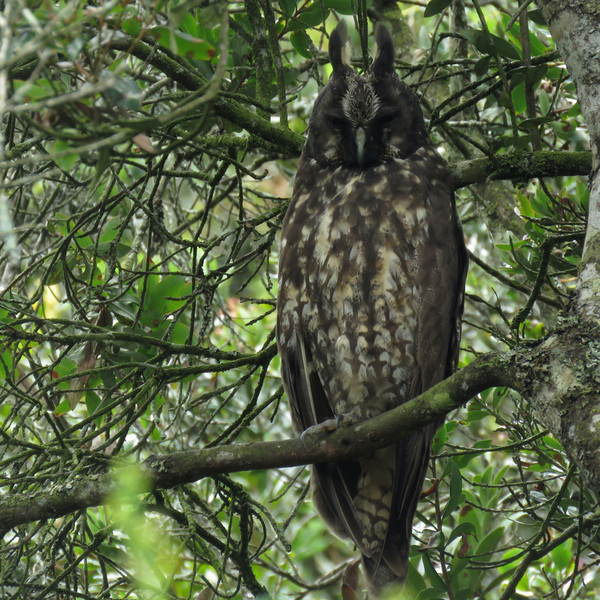
Stygian Owl
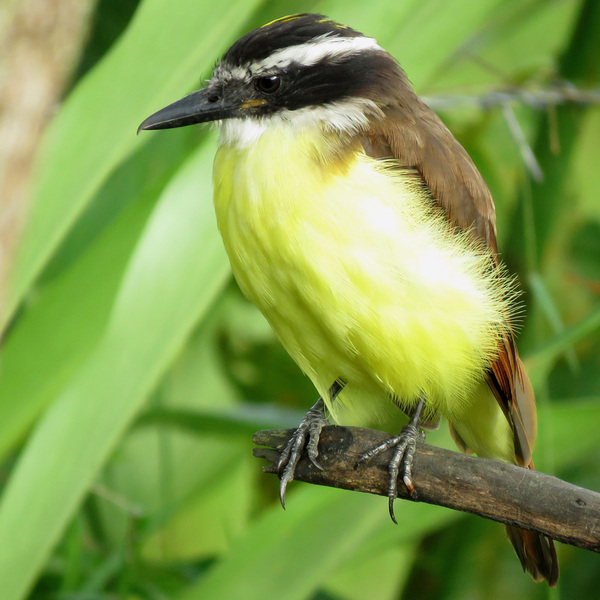
Great Kiskadee
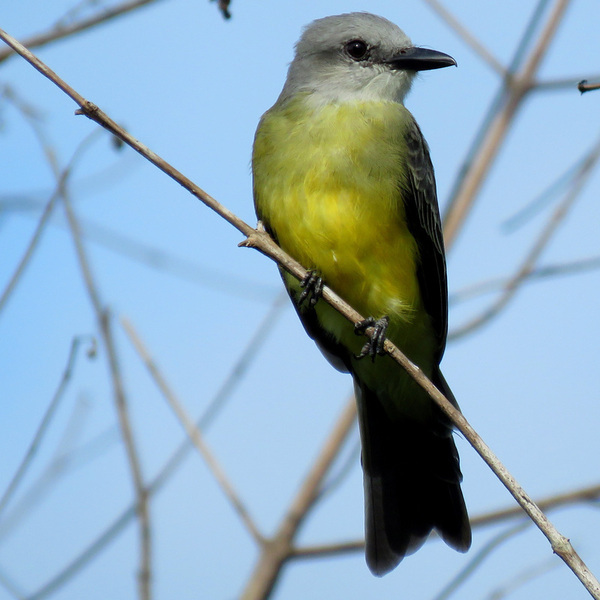
Tropical Kingbird
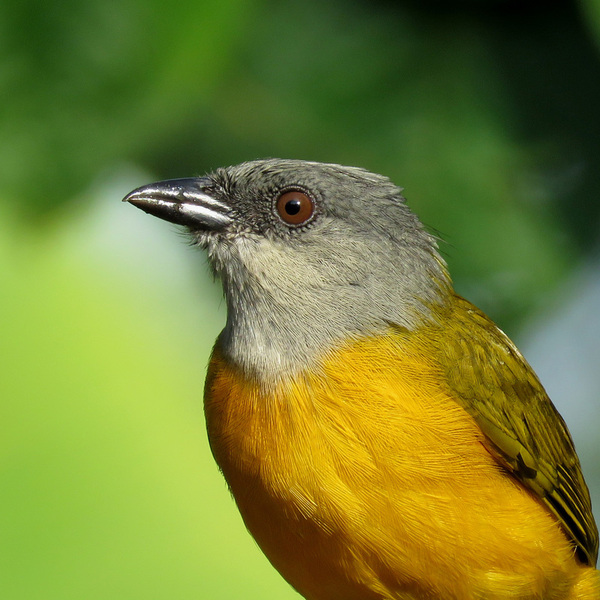
Gray-headed Tanager

Barred Fruiteater
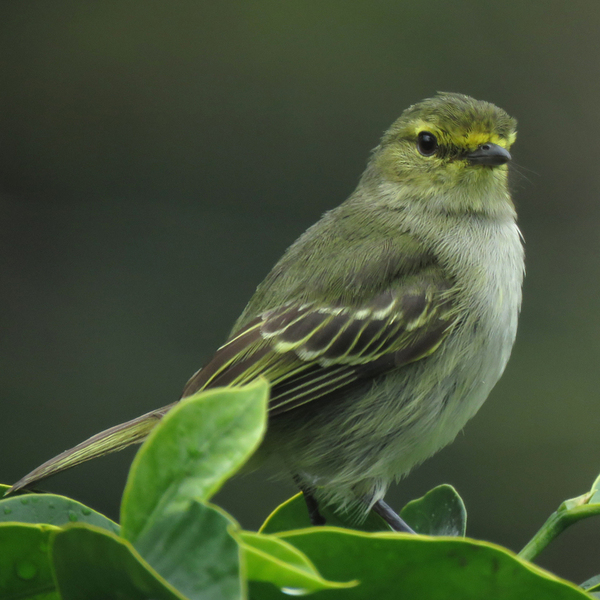
Golden-faced Tyrannulet
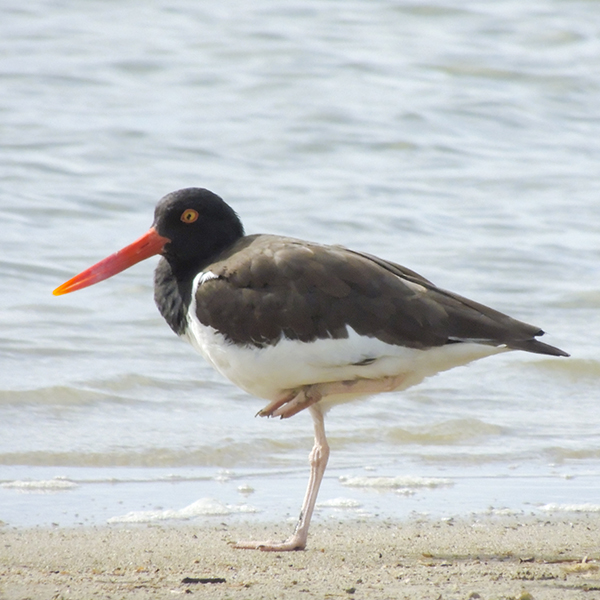
American Oystercatcher
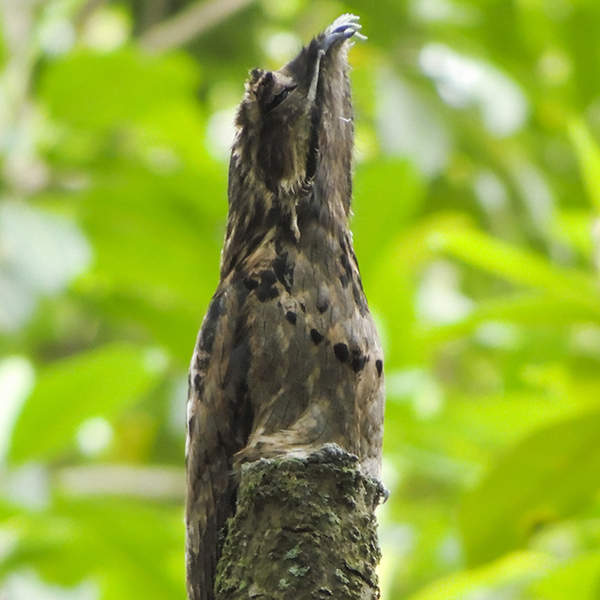
Common Potoo
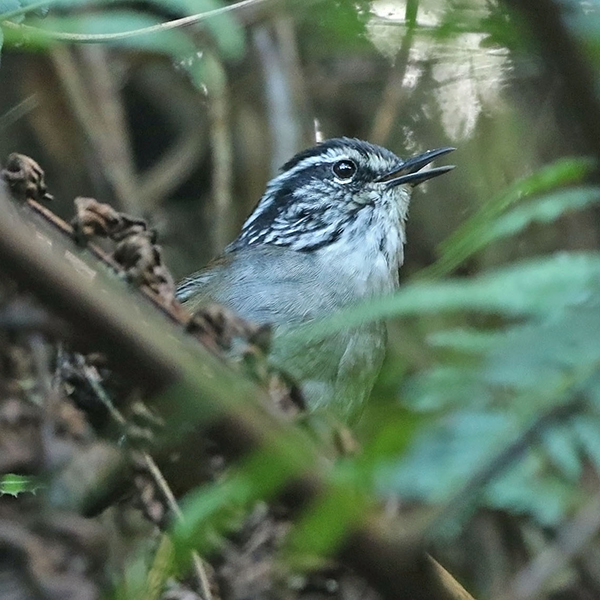
Hermit Wood-wren
Itinerary
Day 1. Isla Salamanca National Park and transfer to Minca
We will spend the first hours of the morning in the forest near to “Del Norte” University, where our main target will be the endemic Chestnut-winged Chachalaca. We are sure to see a few commoner species which could include Bicolored Wren, Northern Scrub Flycatcher and Trinidad Euphonia
Afterwards, we will visit the extensive wetlands and Mangroves of the Salamanca National Park east of Baranquilla.
The Salamanca National Park is adjacent to the Ciénaga Grande, right in the middle of the Barranquilla- Santa Marta highway. It protects the most significant area of mangroves in the Colombian Caribbean. Offers good chances for the endemic and Critically Endangered Sapphire-bellied Hummingbird, like another interesting birds as the Bicolored Conebill, Black-crested Antshrike, Golden-green and Red-rumped Woodpeckers, Dwarf Cucko, Yellow-chinned Spinetail, Bronzed Cowbird and Striped-backed Wren. Another great aquatic birds possible to see include the White-cheeked Pintail, Northern Screamer, Boat-billed Heron and the American Pygmy Kingfisher.
We also hope to find a host of commoner species with everything from ubiquitous Great-tailed Grackles and Thick-billed Euhphonias to Magnificent Frigatebirds and Brown Pelicans soaring overhead.
In the late morning we will start driving east through the park but expect to make frequent stops to look at the concentrations of waders and terns that can often be found on roadside pools. In the late afternoon we will climb into the foothills of the Santa Marta Mountains, to a little town called Minca.
Accommodation at Minca
Day 2. Minca
Minca is a little village located in the foothills of the Sierra Nevada, the birding from the dry scrub below Minca up to the shade-coffee plantations area, encompasses lots of different habitats that yield a large number of birds, including near-endemics Golden-winged Sparrow, Scaled Piculet and Red-billed Emerald, besides Keel-billed Toucan, Military Macaw, Pale-eyed Pygmy-tyrant, Rufous-and-white Wren and Black-headed Tanager. The restaurant bird feeders attract White-vented Plumeleteer, Rufous-breasted Hermit, Steely-vented Hummingbird, White-necked Jacobin, Black-throated Mango and Whooping Motmot.
Accommodation at Minca
Day 3. Transfer to El Dorado Bird Reserve
Buckle up for a thrilling ride to the El Dorado Bird Reserve, owned by the esteemed Colombian NGO ProAves! As we ascend, get ready to witness some of the most remarkable low-elevation endemic birds. The Santa Marta Tapaculo, Santa Marta Woodstar, White-lored Warbler, Santa Marta Blossomcrown, Santa Marta Foliage-gleaner, and the uncommon Santa Marta Antbird are all worth a look. Not only that, but you may also see the spectacular White-tipped Quetzal, Groove-billed Toucanet, Golden-breasted Fruiteater, and Rusty-breasted Antpitta.
Accommodation at El Dorado Bird Reserve
Day 4. El Dorado Bird Reserve
The Sierra Nevada de Santa Marta, a UNESCO- declared Biosphere Reserve, and a well-known Pleistocene refuge, is an isolated mountain, set apart from the Andes. Reaching an altitude of 5775 meters (18942 feet) above sea level, the Sierra Nevada is the world´s highest costal peak that holds the highest degree of endemism in the world per area unity. Now days, there are about 24 Santa Marta endemic birds recognized, species you cannot see anywhere else on earth. Although, taxonomic changes can increase this number in the near future.
Get ready for an exciting and adventure-filled day as we set off early to explore the highest elevations of the majestic Sierra Nevada mountain range. This breathtaking region is home to a dazzling array of endemic bird species, including some that are critically endangered like the Santa Marta Parakeet. We will look for the striking Yellow-crowned Whitestart, the exquisite Santa Marta Warbler, the colorful Black-cheeked Mountain-Tanager and the elusive Santa Marta Bush-Tyrant. We might even catch a glimpse of the Brown-rumped Tapaculo, the Rusty-headed Spinetail, and Santa Marta Antpitta, as well as the intriguing Rufous Antpitta, which was recently splited into its own race. On the way back to the lodge, we will watch out for the stunning White-tailed Starfrontlet and the lively Streak-capped Spinetail. In the afternoon we will explore the area around the lodge, where we can spot the lovely Colombian Brushfinch, the charming Santa Marta Brush-Finch, and numerous endemic subspecies, including the delightful Cinnamon Flycatcher, the melodious Black-hooded Thrush, the striking Blue-capped Tanager, and the captivating Black-throated Tody-Tyrant.
Accommodation at El Dorado Bird Reserve
Day 5. El Dorado Bird Reserve
The middle elevation of this magnificent reserve in the Sierra Nevada de Santa Marta will be our focus when we explore it on our second full day there. Our goal for the day is to locate the elusive Santa Marta Woodstar, a beautiful bird that can only be found in a few particular garden setups. But there's more! Also, we'll be searching for all of the endemic species and distinctive subespecies that live in this elevation, including all the specialties we may have missed the previous days.
As the day draws to a close, we'll descend to a charming hotel on the coast, where we'll try to squeeze in a little more birding before dusk.
Accommodation at El Dorado Bird Reserve
Day 6. Transfer to Tayrona National Park area
We´ll try as much as possible to clean up all the Sierra Nevada specialties, so in day 6 we'll either head back to the San Lorenzo Ridge or descend to the lower elevation towards Minca, keeping our eyes peeled for any targets we may have missed in the previous days. We also may spend time on the feeding and composting areas of El Dorado Lodge, where Black-fronted Wood-Quail, Lined quail-dove, Sickle-winged guan, Band-tailed guan and the gorgeous Blue-naped Chlorophonias are common visitors.
In the late afternoon we will descend to a Hotel on the coast where we may squeeze in a little birding before dusk.
Accommodation at a lodge nearby the Tayrona National Park
Day 7. Gaviotas & transfer to Rioacha
Tayrona is one of the most important National Parks in Colombia, well-known for their superb beaches, and also it is home of a variety of wildlife. We will spend the morning in or near to the Park. We'll be on the lookout for the elusive Lance-tailed Manakin, as well as the White-bellied Antbird, White-necked Puffbird, and if we're lucky, the Blue-billed Curassow. we'll also encounter plenty of other lowland forest species, making for a busy and thrilling morning.
In the afternoon, we'll drive north-east towards the Guajira peninsula, where we'll discover the stunning Los Flamencos Flora and Fauna Sanctuary. Located at the western edge of the Guajira desert, this sanctuary is a true oasis, featuring a number of inland lagoons along the coast that are home to a diverse array of shorebirds, including the iconic American Flamingo, Scarlet Ibis, White Ibis, Gulls, and terns, as well as migratory species that visit the area seasonally.
Accommodation at Rioacha
Day 8. Flamencos SFF & transfer to Valledupar
The surrounding xerophytic scrub habitat of Los Flamencos Flora and Fauna Sanctuary is the natural habitat of many striking regional specialties, such as the breathtaking Vermillion Cardinal, Orinocan Saltator, Buffy Hummingbird, Russet-throated Puffbird, Bare-eyed Pigeon, Chestnut Piculet, Slender-billed Inezia, White-whiskered Spinetail, Pileated Finch, Tocuyo Sparrow, and the Rufous-vented Chachalaca. Additionally, we'll have the opportunity to spot other fascinating species, including the Black-crested Antshrike, Crested Bobwhite, White-fringed Antwren, Northern Scrub-Flycatcher, Blue-crowned Parakeet, Brown-throated Parakeet, and Green-rumped Parrotlet.
Accommodation at Valledupar
Day 9. Los Besotes Reserve and transfer to Perija Thistletail Bird Reserve
Tucked away just 8 km north of Valledupar, in the northeastern part of Colombia, lies the magnificent Los Besotes Reserve, where the Red-legged Tinamou will be our main target. We'll also have another shot at catching a glimpse of the Minca and Guajira birds that we missed earlier. We also expect to see Yellow-olive and Yellow-breasted Flycatchers, Rufous-browed Peppershrike, Scrub Greenlet, Lance-tailed Manakin, Rufous-capped Warbler, and Pale-eyed Pygmy Tyrant in this reserve.
As we ascend to the Perija Lodge, we'll have the opportunity to encounter our first Perija endemics on route such as Perija Tapaculo and Black-fronted Brush Finch.
Accommodation at Perija Thistletail Bird Reserve
Day 10. Perija Thistletail Bird Reserve
Nestled on the border with Venezuela, this isolated offshoot of the Eastern Andes is a paradise waiting to be discovered. In the heart of this rugged terrain lies the Perija Thistletail Reserve, a sanctuary that safeguards the remnants of the high Andean forests, subparamo, and paramo that make this area so unique. We will embark in the earlt morning the highest elevations of the Paramo above the lodge.
Our morning will be spent in search of rare and elusive bird species such as the Perija Thisteltail, Perija Metaltail, and the Perija Antpitta. As we explore the rugged terrain, keep your eyes peeled for other exotic species such as the Perija Starfrontlet, Loungamere's Sunangel, Rufous-shafted Woodstar, and several other commoner species that are unique to this region.
Accommodation at Perija Thistletail Bird Reserve
Day 11. Perija Mountains
We'll spend the day birding down from the lodge, looking for species like the stunning Crested Quetzal. We might see the elusive Streak-capped Treehunter, a bird known for its secrecy, as well as the unusual Klage's Antbird. The forest is teeming with life, and we may encounter several other bird species, and each moment holds the promise of a new discovery.
Accommodation at Perija Thistletail Bird Reserve
Day 12. Perija Coffee plantations and transfer to Valledupar
We will have a final morning day in the Coffee plantations below the Perija Reserve where we will look for Perija Brushfinch, Moustached Puffbird, Grey-throated Warbler and Yellow-throated Toucan.
Accommodation at Valledupar
